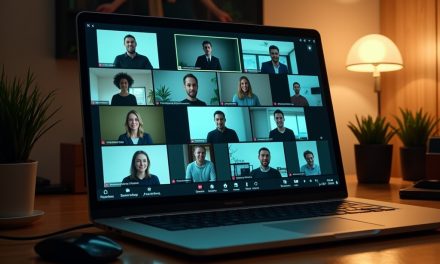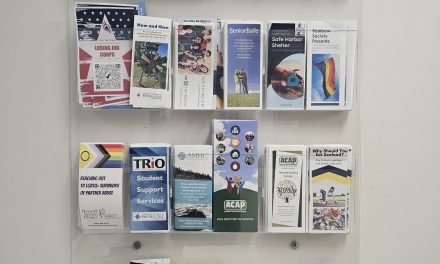by Jared Brown
Your Pace Staff Writer
The University Times
Sara Townsley, a 37-year-old research director, is back in school. Like many around the world, she is an employee with a great job and a desire to learn more for her career. However, until a year ago, she never thought it possible to be a student again. The way people learn is constantly evolving. In the last 50 years, classrooms have transitioned from desks and blackboards to online forums and on-demand videos, with many thankful for the shifts brought about by technological advancements.
For Townsley and countless others juggling careers and personal commitments, remote learning has opened doors that once seemed forever shut. “It would not have been possible without technology,” Townsley explains, highlighting how digital tools have enabled her to continue her educational journey despite a packed schedule. What is not to love about remote learning? The accessibility and flexibility of online classes have made her return to studies a reality, an opinion held by many who have found technology to enhance their growth and development.
However, online education has its challenges. Townsley notes a distinct difference in the learning experience—a shift from the dynamic interactions of traditional classrooms to more solitary engagements with digital content. She admits to being an extrovert who always wants to be with people. “It is mostly me just clicking through slides,” she shares, pointing out the challenges of adapting to a less interactive and visually dominated learning environment. Despite these challenges, Townsley remains optimistic about the potential of remote learning to evolve and better cater to diverse learning styles.
On the other end of the spectrum, Kamila Brown, a 40-year-old seasoned professional in the medical field, offers a convincing testament to the irreplaceable value of traditional education. Her journey through pharmacy school was enhanced by her physical presence in classrooms and direct interaction with peers and professors. “You gravitate to a group of people within your class…you feel like you are going to go on this journey with these people,” Brown reminisces, highlighting how these interactions offer a layer of support and comparison difficult to replicate in remote learning settings.
Traditional structured education models also come with challenges. However, for Brown, these inconveniences were part of the learning experience. “There were things that could have only been taught in the classroom. For example, there was a time when our school’s dean was present at the beginning of our class. Students had been showing up a few minutes late, which he corrected. I don’t know if that would have happened online, but being on time professionally is necessary, and I learned that in the classroom.” Despite recognizing the advancements in remote learning, Brown prefers the traditional approach, especially in fields like medicine that require hands-on, holistic understanding. “I am not bought into remote learning 100%,” she states, highlighting the critical role of personal interaction and mentorship from educators who are actively engaged in their fields. However, she remains optimistic about the future, especially concerning the arts. “For fields not left to interpretation, being taught in person and hands-on is essential, while many other subjects are well-suited for an online learning experience,” Brown points out.



